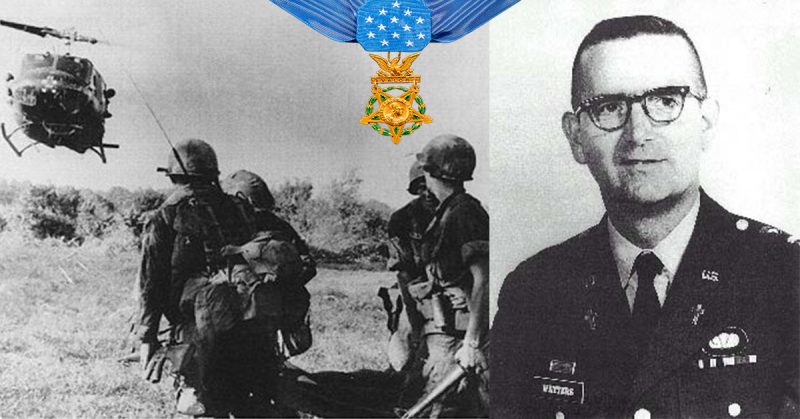Since the earliest days of organized civilization, priests and warriors have usually played very different roles in their societies. They performed quite different, often opposing, duties.
Sometimes, however, these roles and duties overlap, and a man of God may find himself on the front line, in the thick of battle.
On November 19, 1967, US Army Chaplain (Major) Charles Watters found himself in just such a situation. In the face of death and the mayhem of battle, he demonstrated immense courage and valor in his conduct, and displayed heroic selflessness in his attempts to rescue stranded soldiers.
Chaplain Charles Watters was ordained as a Roman Catholic priest in his native New Jersey in 1953.
Serving God was not his only major interest, though. He was also a keen aviator. As a licensed private pilot, he flew single-engine airplanes both domestically and across international borders, going as far abroad as Argentina.
Combining his love of both the ministry and flying, he joined the New Jersey Air National Guard in 1962 as a chaplain. Later, in 1964, he entered the US Army as a chaplain, a year before the first wave of American combat troops landed on Vietnamese soil.
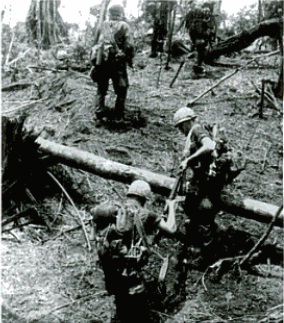
On July 5, 1966, Watters began his tour of duty in Vietnam, serving as a chaplain in the 173rd Airborne Brigade. He saw plenty of active service during this tour, participating in the parachute drop in Operation Junction City in February 1967. This was the largest combat jump of the Vietnam war, and the biggest US airborne operation since WWII.
Watters ended up being awarded the Bronze Star for valor, and the Air Medal at the end of his first twelve months of service.
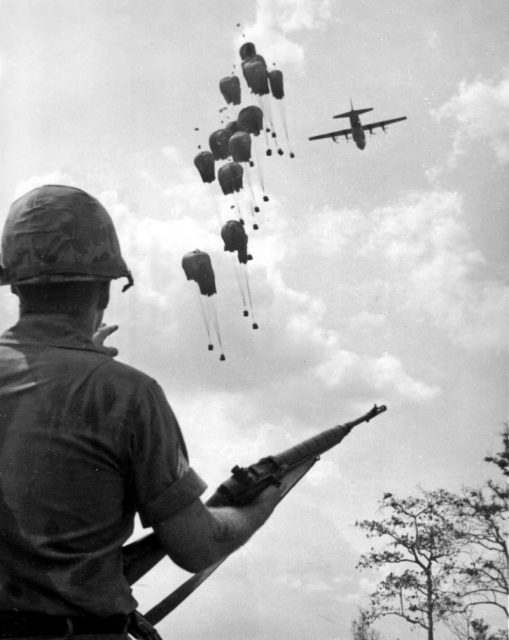
During this time he often accompanied the line units of his brigade into the jungle and ended up accumulating plenty of experience on the front line.
It was apparent that he felt that the front line was exactly where he needed to be – there he could assist the wounded, comfort frightened soldiers, and perform the last rites for the dying.
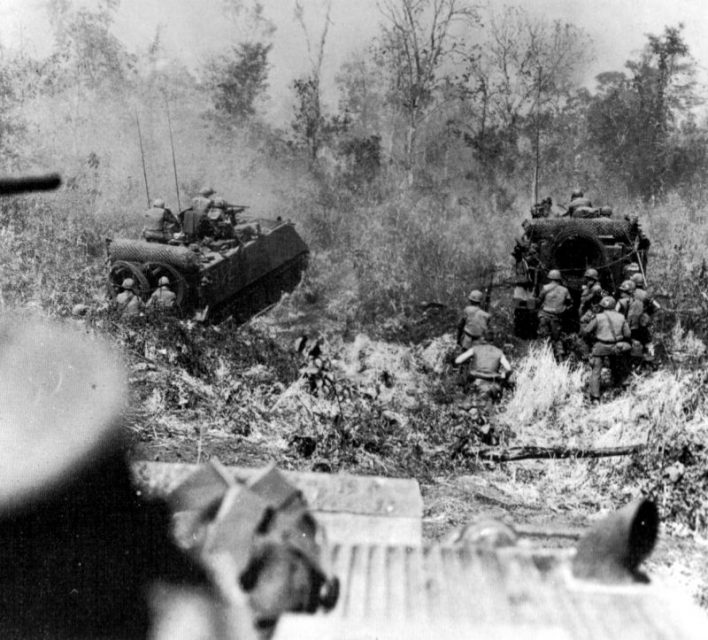
Driven by a sense of duty, he voluntarily extended his tour of duty after successfully completing his first twelve months in Vietnam.
When the battalion he was accompanying (the 2nd Battalion, 503rd Infantry) joined the Battle of Dak To in November 1967, Chaplain Watters was no stranger to front-line combat.
The day on which he would truly prove his mettle turned out to be November 19, when his unit launched an attack against a heavily armed North Vietnamese Army (NVA) position. A furious firefight erupted between the American and NVA forces.
While bullets were flying thick and fast, and mortar rounds were crashing down, Watters displayed immense courage.
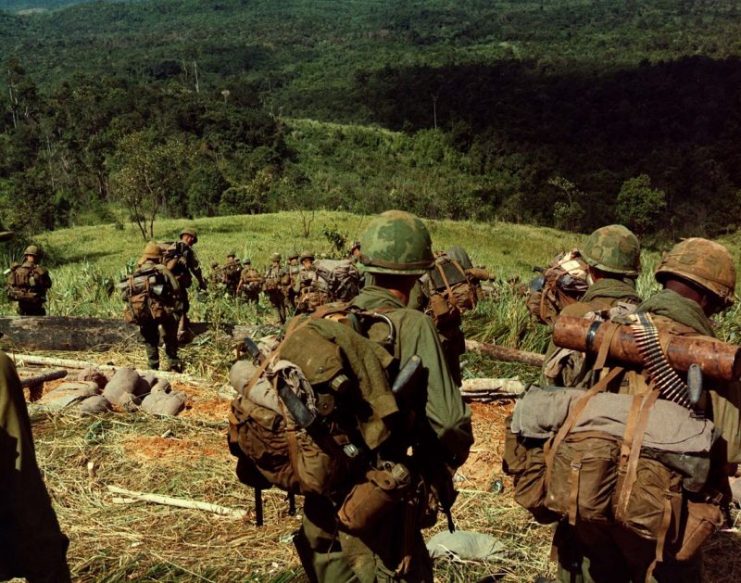
Unarmed himself, he nonetheless moved to the front of the combat line, where he was completely exposed, and provided moral support and encouragement to the troops. He helped to comfort and evacuate the wounded and administered last rites to dying soldiers.
When he noticed that one young man had become paralyzed with shock out in the open, Watters ran out. With enemy bullets flying all around him, he threw the soldier over his shoulder and carried him to safety.
His company pushed forward, reaching the enemy entrenchment and shifting the perimeter and battle lines of the battlefield. Watters assisted a wounded American soldier on the edge of the entrenchment, where he was completely exposed to enemy fire.
Later on, he charged out beyond the American line to rescue two more injured troops, exposing himself to the twin danger of both enemy and friendly fire in the process.
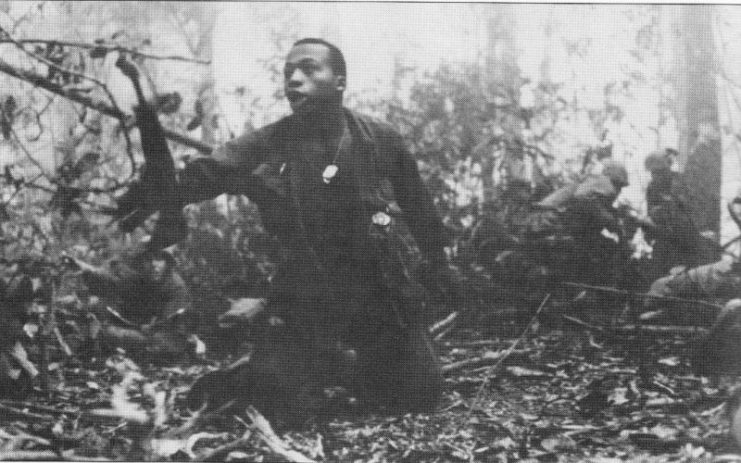
As the NVA intensified their efforts to defend their position, the American troops were pushed back. Seeing American troops lying wounded in the field beyond the new perimeter, Chaplain Watters charged out again.
Running the gauntlet of enemy and friendly fire once more, he courageously assisted the wounded soldiers to safety.
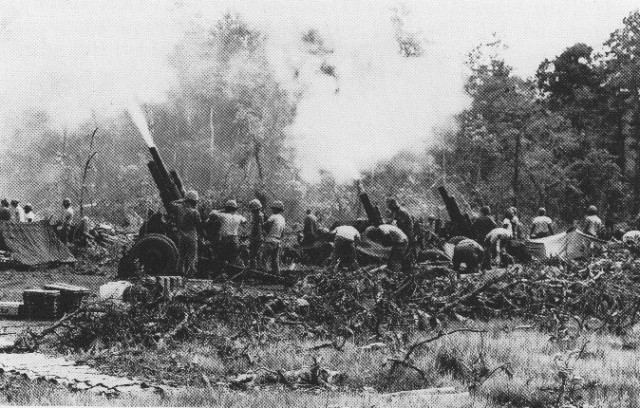
He did this again and again. The other soldiers within the perimeter, who understandably feared for Watters’s life, tried to restrain him. But he resisted all attempts to be held back.
Only when every injured soldier was safe did the chaplain finally relent – but he did not rest. Instead, he moved tirelessly along the line, distributing rations and water, assisting the medics, providing encouragement and support to the troops, and comforting the frightened.
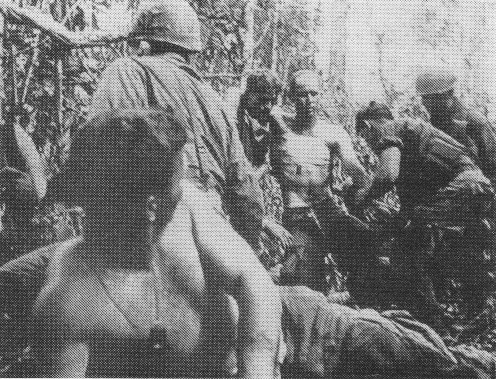
Unfortunately, when a bomb hit their position, he was killed. This was not the end of his story, though. For his selfless dedication and tremendous courage, he was posthumously awarded the Medal of Honor a year later on November 4, 1969.
This award was one of momentous significance because the last time a US Army chaplain had been awarded the Medal of Honor had been during the Civil War.
Chaplain Watters thus joined the ranks of a very small group of men: only five chaplains have ever been awarded the Medal of Honor. As a member of this elite club, Watters will always be remembered and honored for his courage, gallantry, and selfless sacrifice.
